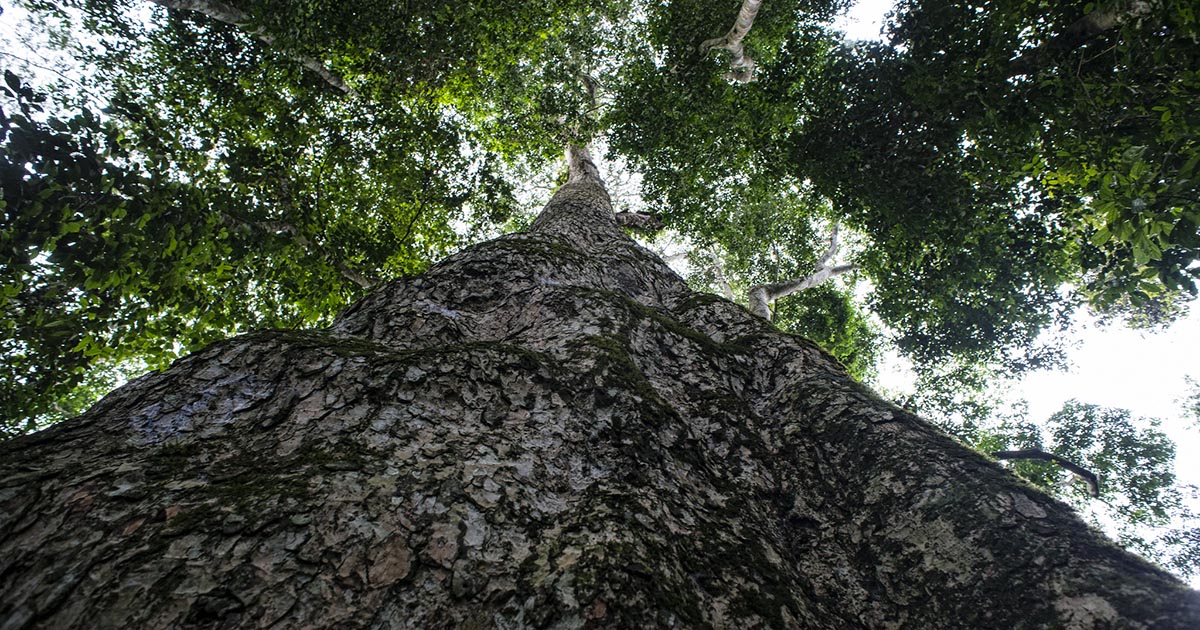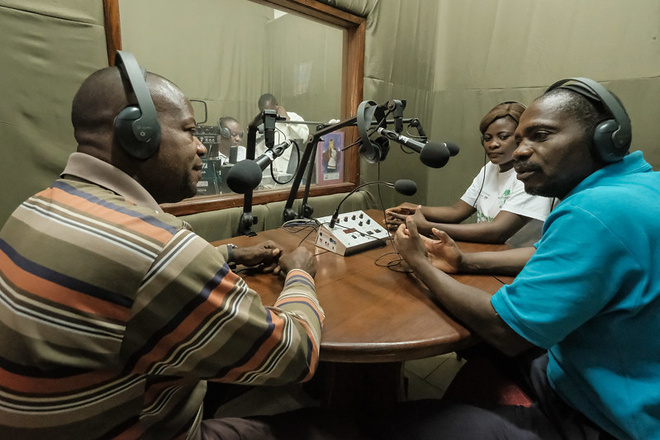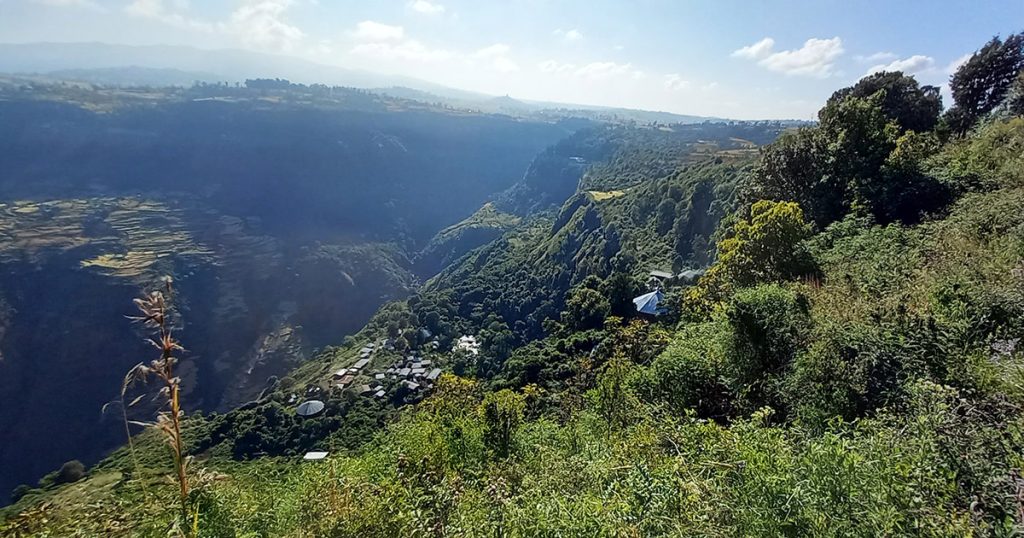
University of Copenhagen study indicates level of inbreeding among three indigenous tree species in church forests
By Eyob Getahun
Scientists at the University of Copenhagen (UCPH) have shed light on the genetic diversity of three indigenous tree species found in Ethiopian church forests, which could provide a key source of quality tree seed for Ethiopia’s ambitious tree-planting campaign.
On 2 October 2025, a seminar took place in Addis Ababa to present the results of their research to stakeholders. The Center for International Forestry Research and World Agroforestry (CIFOR-ICRAF) – through its Provision of Adequate Tree Seed Portfolios in Ethiopia (PATSPO) project – and Norwegian Church Aid (NCA) initiated and funded the study with the support of the Royal Norwegian Embassy in Addis Ababa.
Because of high population pressure, natural forests have been destroyed in the highlands of Ethiopia. Fortunately, remnants of natural forests can be found around most churches and in monasteries, especially in the central and northern highlands of the country. These church forests are considered sacred groves and have persisted largely because the local community respects and protects the church compounds. Most of these church forests have small areas that range from 2 hectares to 7 hectares.
Owing to their small size, there has been a lot of uncertainty about the genetic diversity of indigenous trees growing in the forests. And many people have asked whether it is right to use the trees in these forests as seed sources because there could be inbreeding among trees that may be closely related. Inbreeding is mating or breeding between related individuals.
If there is inbreeding, the seedlings are weaker and have a high mortality rate, with little chance of surviving to maturity because they have difficulty adapting to the changing environment, according to Soren Moestrup, senior team leader of the PATSPO II project.
“We don’t want that to happen,” he said. “And we want to have some knowledge if there is inbreeding in church forests.”
For the genetic research project, Professor Ole K. Hansen and postdoctoral researcher Kedra M. Ousmael, who previously worked on the PATSPO project and completed her doctorate at the University of Copenhagen, focused on the indigenous trees Afrocarpus gracilior, Juniperus procera and Olea europaea subsp. cuspidata, all of which are found in many church forests in Ethiopia.
With the support of PATSPO stakeholders and staff from Ethiopian Forestry Development, leaf samples were collected from eight church forests across the highlands of Ethiopia. Samples were also collected from 11 nearby breeding seed orchards (BSOs) and natural forests to be used for reference purposes.
Their research question was: How have isolation and small population sizes influenced the genetic diversity and structure of Ethiopian church forests? The study concluded that:
Afrocarpus gracilior is vulnerable and not suitable as a stand-alone seed source. It has low genetic diversity and a small effective population size. There is a high level of inbreeding among the trees. The researchers recommended that seeds be collected and mixed from multiple populations.
On the other hand, Juniperus procera has high genetic diversity. There is low to moderate inbreeding among the trees, which are therefore suitable for both conservation and as seed sources, according to the researchers.
Most populations of Olea europaea also have high genetic diversity. There is moderate inbreeding in some populations, the study concluded. The Olea trees from church forests can serve as seed sources, but it is advisable to collect and mix seed from multiple populations, the scientists said.

Niguse Hagazi, CIFOR-ICRAF’s Ethiopia country representative, opened the seminar by expressing appreciation to the Norwegian government for funding the PATSPO project, and to NCA for the partnership.
Margrethe Volden, NCA’s country director for Ethiopia, then described the meeting as an important milestone in conserving Ethiopian forests.
“The shortage of quality tree seed remains one of the key bottlenecks both for tree-planting campaigns, forest restoration and, ultimately, the livelihoods of people,” she said. “The Ethiopian Orthodox Church is not only a spiritual centre, but also a very important natural treasure holding immense potential as a source of quality tree seed.”
Dr. Mehari Alebachew, a researcher from EFD, also discussed the results of research titled Woody species composition, diversity, structure and uses of selected church forests in Central Ethiopia.” Focusing on church forests in six regions of Ethiopia, the study concluded that Juniperus procera, Afrocarpus falcatus, Erica arborea, Olea europaea and Prunus africana are predominantly found in the targeted forests.
There was a lively discussion following the presentation of results. Participants said the research revealed important facts about the genetic diversity of the three tree species in Ethiopian church forests.
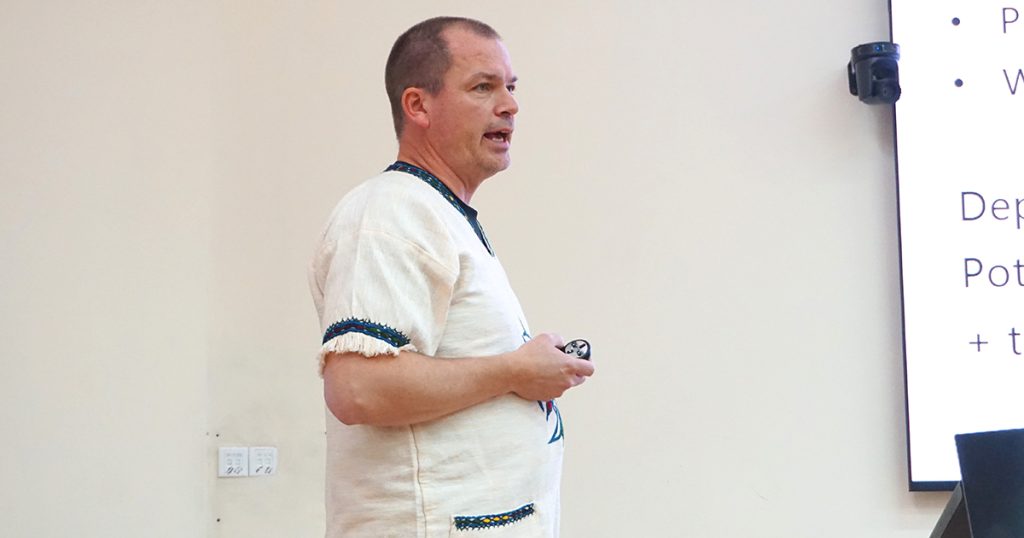
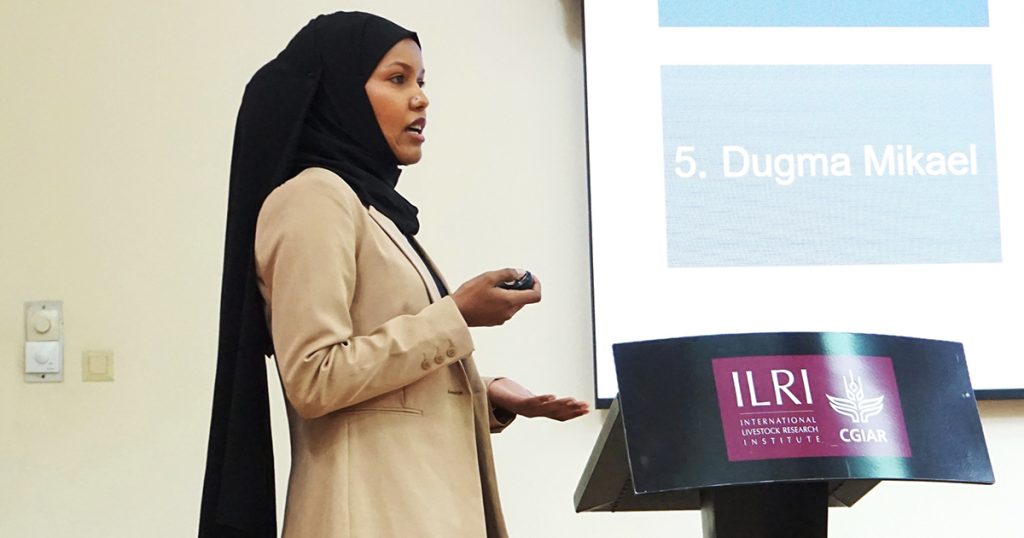
During the discussion, questions were raised regarding Afrocarpus gracilior. The researchers were asked whether they collected a wide variety of samples to include environmental gradient, the physical drivers that influence ecological patterns in different landscapes. Kedra responded by citing the doctoral thesis of a student from Hawassa University in Ethiopia. Its findings were consistent with the University of Copenhagen research, identifying little genetic diversity among Afrocarpus gracilior trees.
Abrham Abiyu, a former PATSPO staff member who assisted in coordinating the leaf collection from the church forests for the research, said the gradient was captured as much as possible, with the samples having been collected from northern and central Ethiopia. Abrham noted that the researchers’ findings were consistent with projections of future species distribution for Afrocarpus gracilior.
“At ICRAF, we did species distribution models,” he said. “And the results showed the future range of Afrocarpus will shrink in the next 30 to 50 years. This study by UCPH coincides with this population genetics parameter,” Abrham added, referring to statistical measures that describe genetic diversity and structure within and between tree species populations.
Moestrup added: “There were also samples from breeding seed orchards established by PATSPO. These samples, which were taken for the research, represented five provenances, which captures a lot of variation in the country.”
Solomon Zewdie Zeweldemariam, who represented the Royal Norwegian Embassy in Addis Ababa, underlined the need for higher educational institutions – such as Addis Ababa University and the Wondo Genet College of Forestry and Natural Resources (Hawassa University) – to engage further in such studies.
“Unlike other projects, PATSPO combines research and development, which is something that other development projects should take up,” Solomon said.
PATSPO has been working to ensure access to high-quality seeds of the most important tree species used for forest landscape restoration and all other tree-planting activities in Ethiopia since the project began in 2021. The second phase, PATSPO II, was launched in April 2022 with the motto ‘Transforming the Tree Seed Sector in Ethiopia’ and is to be implemented until December 2025.




